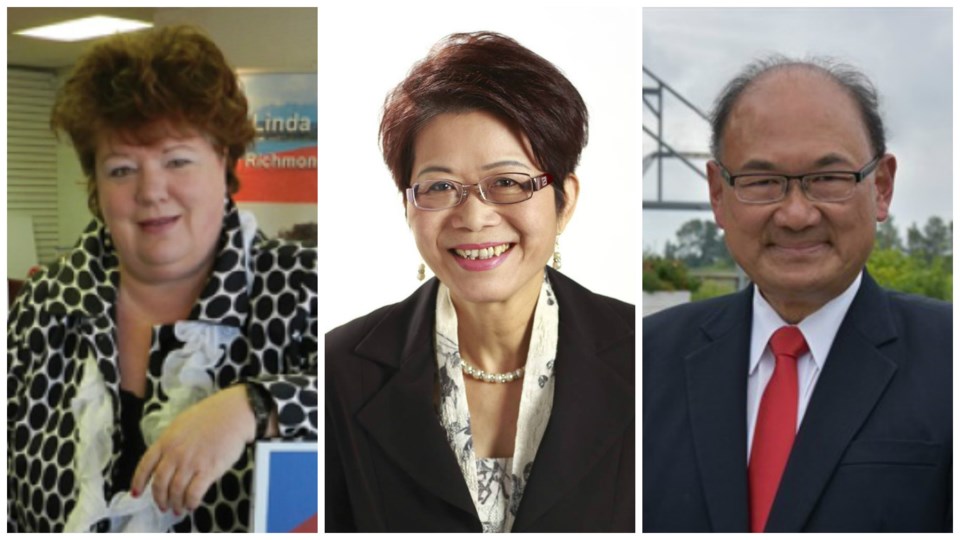Dear Editor,
Re: “Who do MLAs really serve?” News, May 26, 2017.
Letter writer, Ken McLennan is absolutely correct, under the current voting system, MLAs speak for their parties more than for their voters. Electoral reform holds the promise to change that, but only with the ranked ballot in multi-seat districts, formally known as STV. That is the system recommended by the Citizens Assembly in 2005. They did so primarily to give MLAs an incentive to speak for their voters.
Soon, British Columbians may have another opportunity for electoral reform through a referendum. There is one big problem: the STV system will not find acceptance in rural ridings. For electoral reform to succeed it requires a mixed system — ranked ballot in multi-seat districts for urban areas and ranked ballot in single-seat districts for rural areas.
Such a mixed system suits B.C.’s unique representational challenge, namely few people, unevenly spread over vast geography. The ranked ballot with a mixture of seats per district was used in both Manitoba and Alberta from the early 1920s to mid-1950s and for the 1951 and 1952 B.C. elections. Its discontinuance was at the hands of politicians. The voters had no say. If we do have a say, let’s make sure to select a system that rewards MLAs for representing their voters more than their parties.
Nick Loenen
Richmond



